Subscribe For $10 Off 1st Background
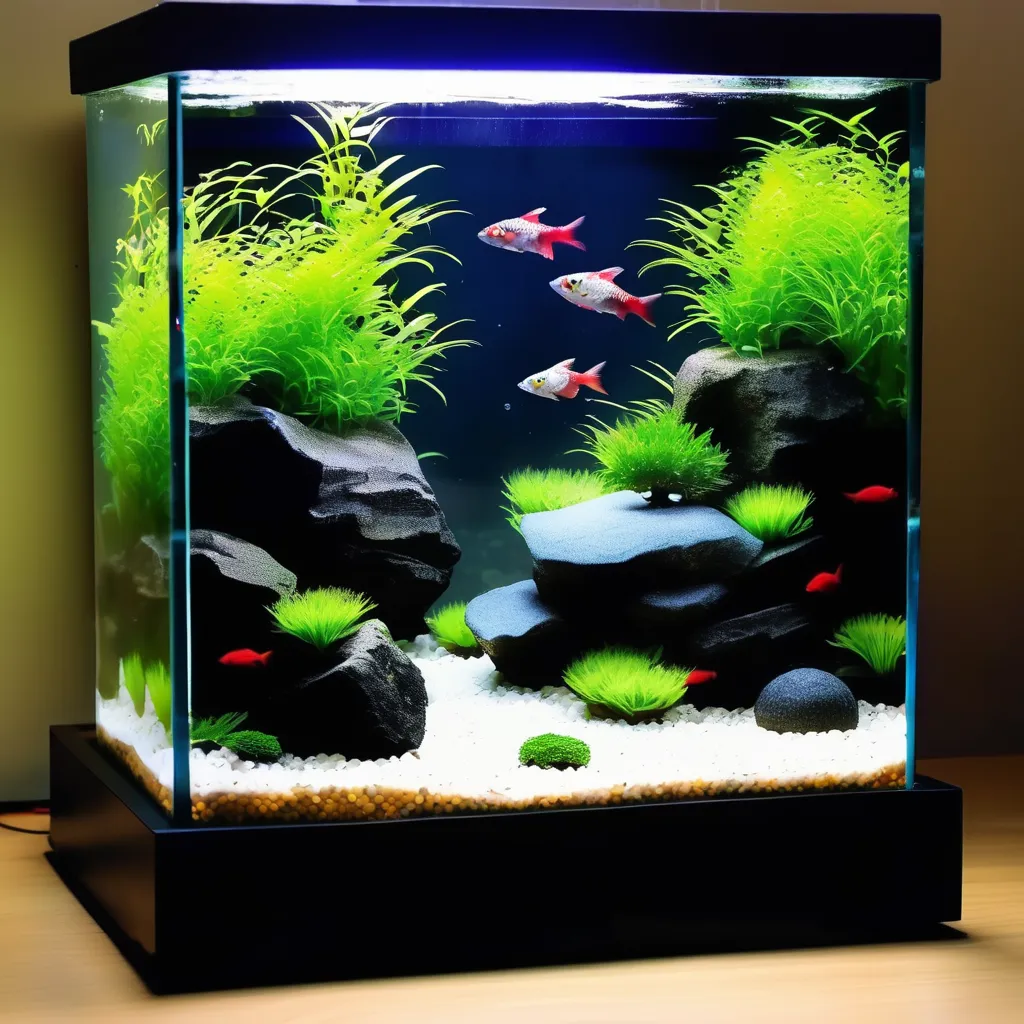
Cloudy Fish Tank Water Infographic
If your fish tank water has gone cloudy your probably wondering why? We will break down for you exactly how it is it turned cloudy, how to fix it, what to do so it doesn’t happen again, and we have included a download to our cloudy tank water infographic, so you have an easy reference, to remind you, everything you need to understand about cloudy fish tank water.
What the hell happened, my tank looked awesome yesterday? or Who tampered with my tank, the water is cloudy and it was perfect yesterday? or just, why is my aquarium water cloudy?
Don’t Stress Out This is Natural And Can be Fixed
For more info on cloudy fish tank water check out this post here.I’ve Created An Infographic on Cloudy Water To Help You Put It All Into Perspective
Infographic Title: The Journey to a Cycled Aquarium
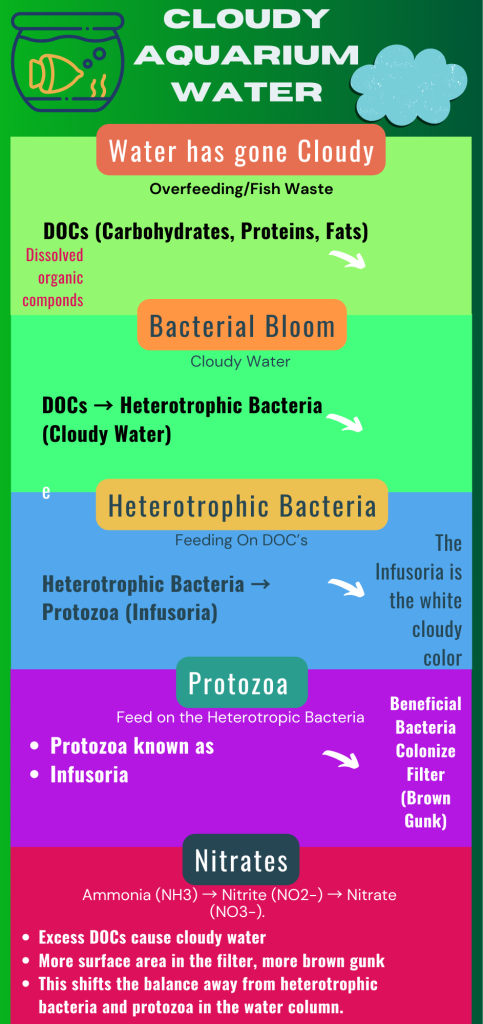
Cloudy Fish Tank Water Infographic to Help On The Road To A Cycled Aquarium
To make sure you don’t forget the steps to a cycled aquarium, we provided you with the cloudy fish tank water infographic. Understanding fish tank cycling and crystal clear water is tricky until you are able to break it down and remember.
Our Cloudy Fish Tank Water Infographic Breaks It Down Easily
Stage 1: The Problem Starts
Overfeeding or Excess Waste
Uneaten food and fish poop break down into Dissolved Organic Compounds (DOCs).
DOCs include:
Carbohydrates
Proteins
Fats
Stage 2: Heterotrophic Bacteria Boom
What Happens:
DOCs feed heterotrophic bacteria in the water column.
These bacteria multiply rapidly, causing a bacterial bloom (milky/cloudy water).
Key Players:
Heterotrophic bacteria (e.g., Pseudomonas, Aeromonas).
Stage 3: Protozoa Join the Party
What Happens:
Protozoa (e.g., Paramecium, Rotifers, Ciliates) feed on the heterotrophic bacteria.
This further clouds the water and creates a complex ecosystem called infusoria.
Stage 4: Beneficial Bacteria Take Over
What Happens:
Over time, beneficial bacteria colonize the filter media (the “brown gunk”).
These bacteria break down toxic waste into less harmful substances.
Key Players:
Nitrosomonas: Converts ammonia (NH3) into nitrite (NO2-).
Nitrobacter: Converts nitrite (NO2-) into nitrate (NO3-).
Nitrosococcus: Another ammonia-oxidizing bacteria.
Nitrococcus: Another nitrite-oxidizing bacteria.
Stage 5: The Nitrogen Cycle is Established
What Happens:
Ammonia and nitrite levels drop to 0 ppm.
Nitrate levels rise but are less harmful and can be managed with water changes.
The tank is now cycled and stable!
Key Tips for a Cycled Tank

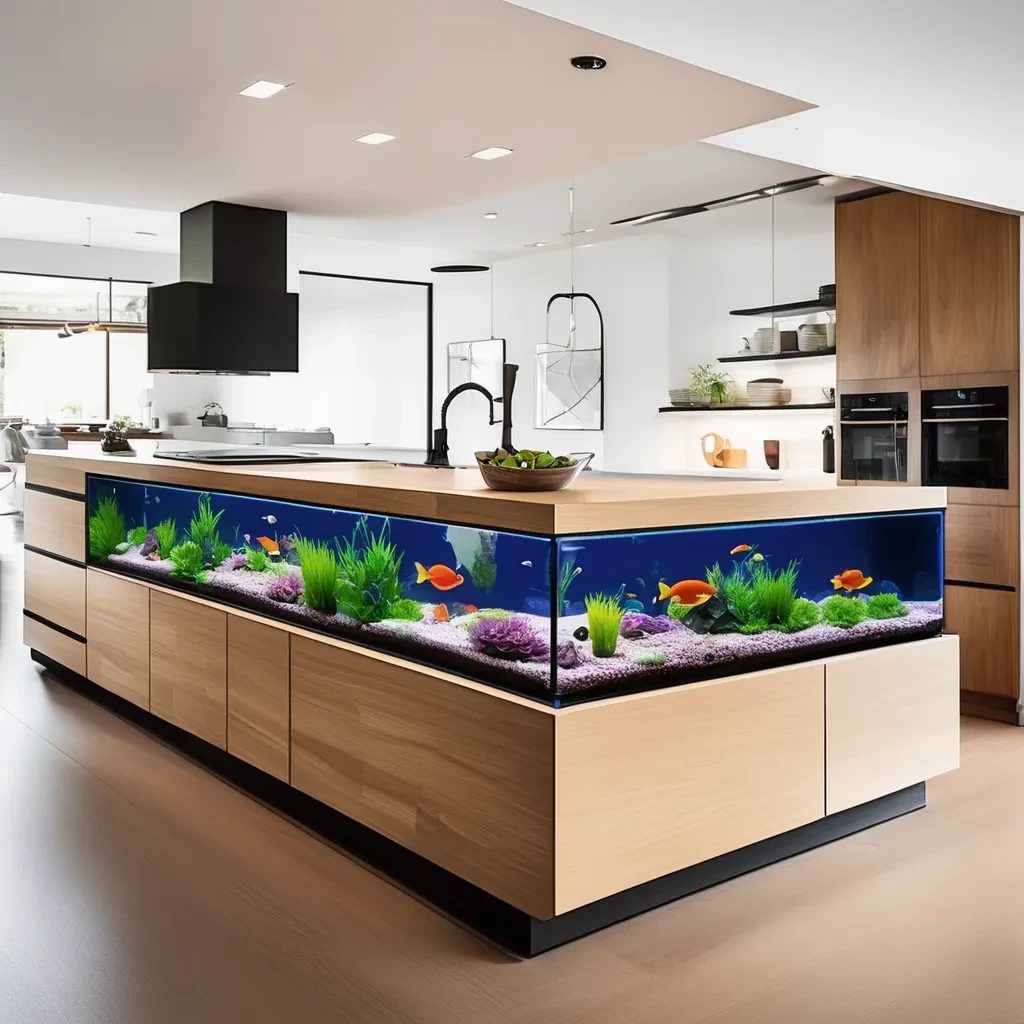
Don’t overfeed: Feed only what your fish can eat in 2-3 minutes.
Don’t over-clean your filter: The “brown gunk” is your best friend!
Test water regularly: Use a liquid test kit to monitor ammonia, nitrite, and nitrate levels.
Be patient: Cycling takes time, but it’s worth it for a healthy tank.

Remember
Brown gunk is what you are wanting to see in your filter. Once you have it, that means any cloudy water is only hours away from disappearing.
Filters need good surface area
Creating good surface area in your filter for the gunk to grow on, helps keep your tank really healthy. Pot scourers are good, I use filter wool, and I find it excellent.
Lastly, your filter only needs cleaning when the flow out seems to be not as strong as it normally is. A quick clean is all that’s required. You can throw the old filter media away if you have a 2nd lot of filtration, eg: a sponge filter. Don’t clean them both at the same time, as you will lose your cycle.
I hope this Infographic on What Causes Cloudy Water and How to Fix It, helps you in your journey to crystal clear tank water.
Backgrounds
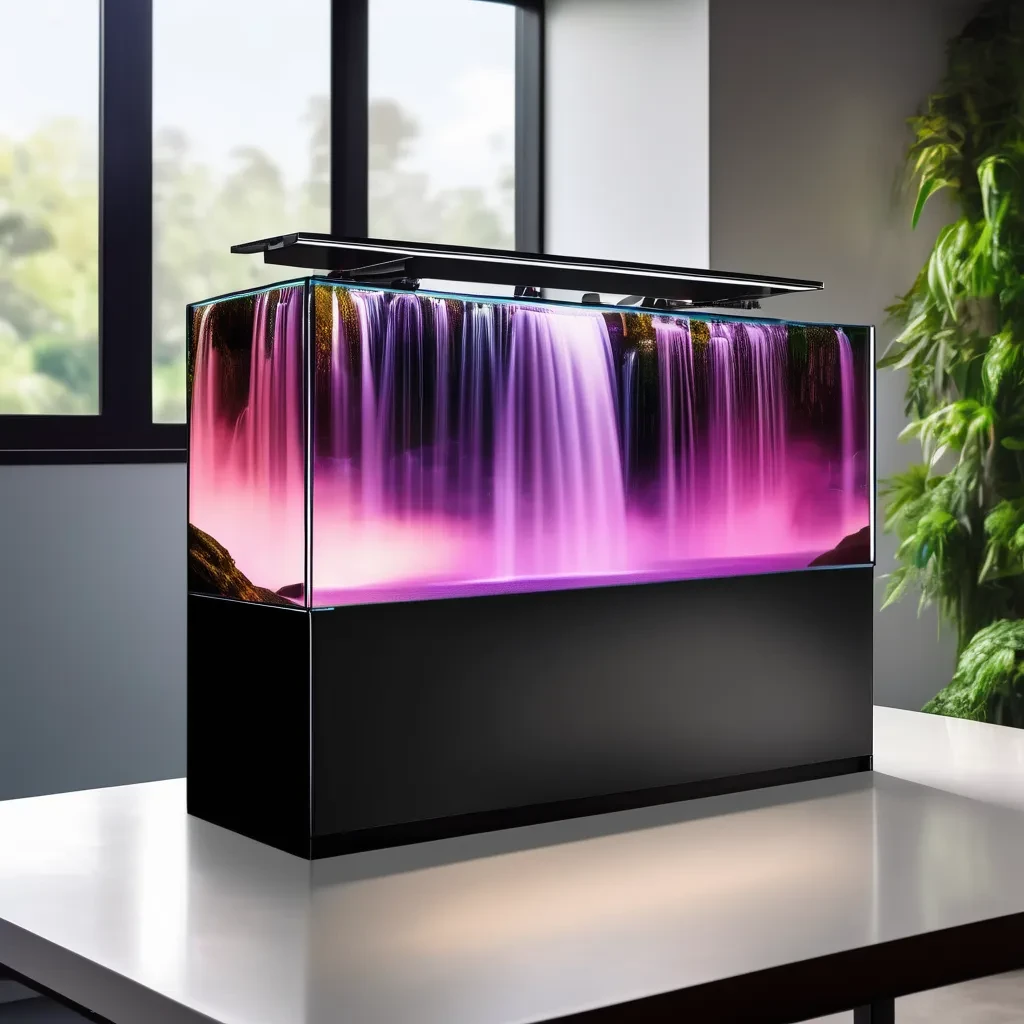
Don’t forget to check out our beautiful background decals. What more could you need to elevate the look of your tank?
Free Download Infographic
Would you like to download a copy of our Cloudy Water Infographic? Click the button below.
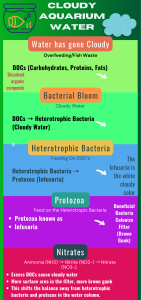





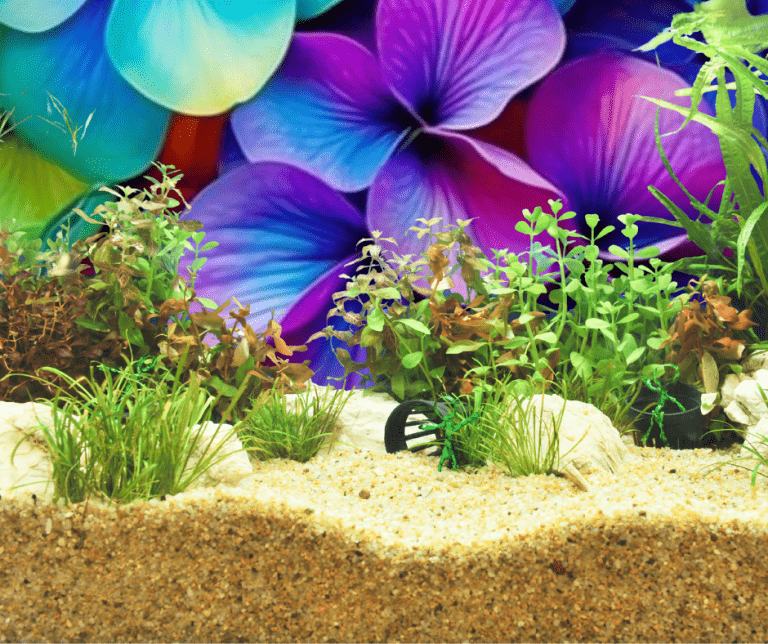
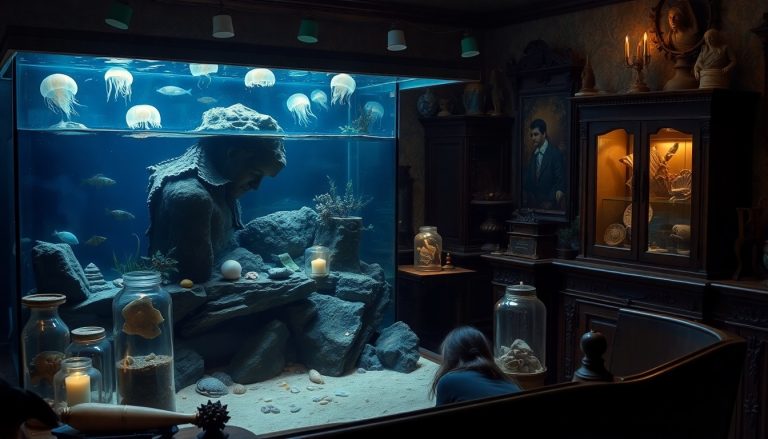
[…] ammonia turns into nitrate, thanks to the good bacteria, doing its job, we remove the nitrate, through water changes. Live plants living in your aquarium, and even outside, with just their roots growing in the tank, […]